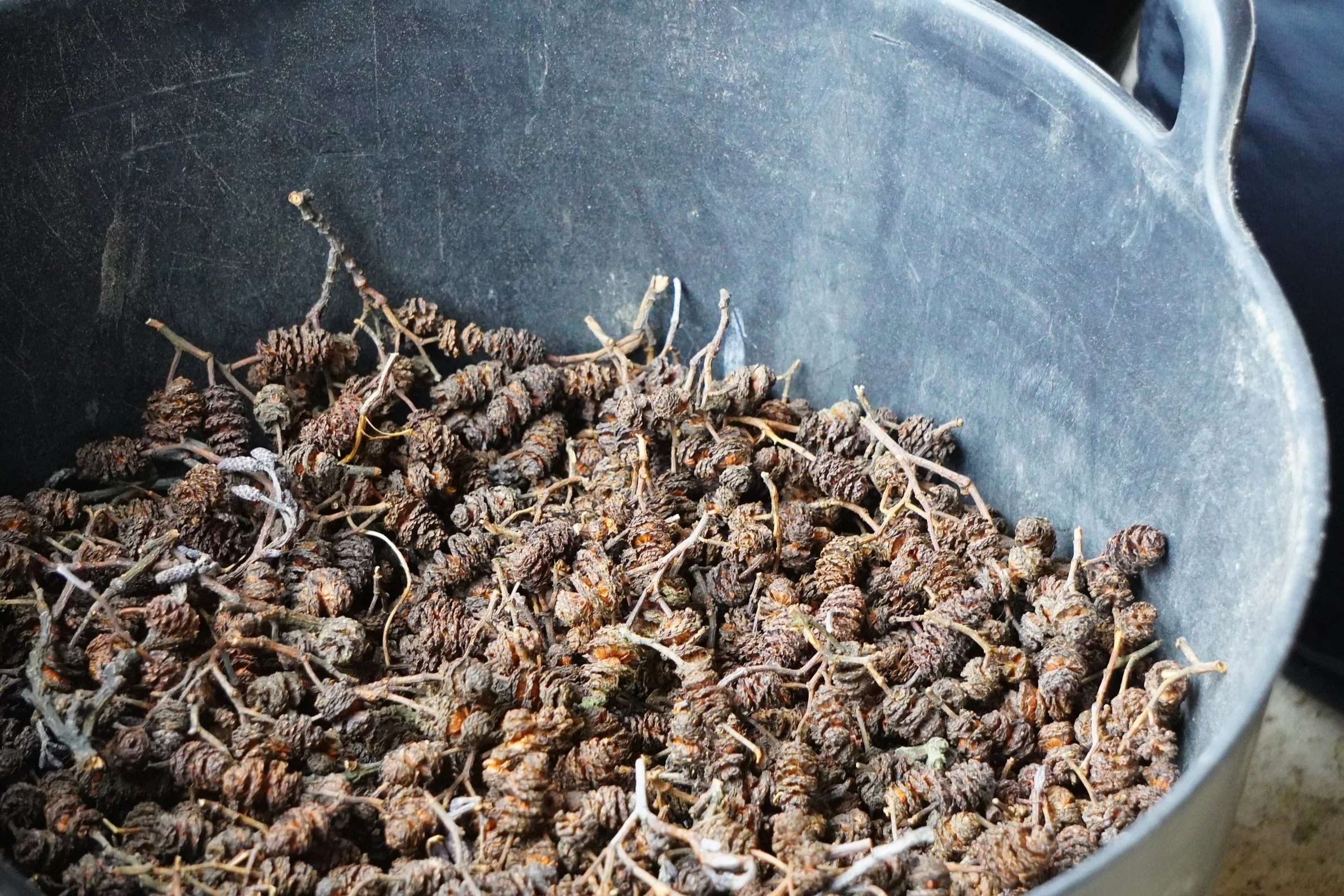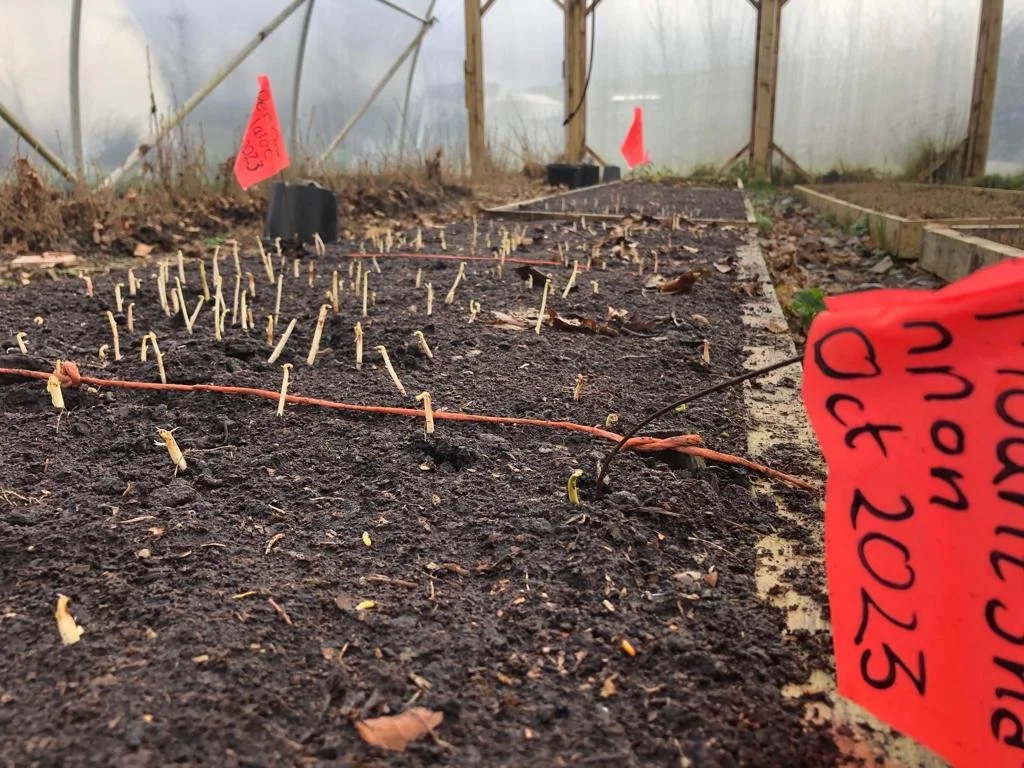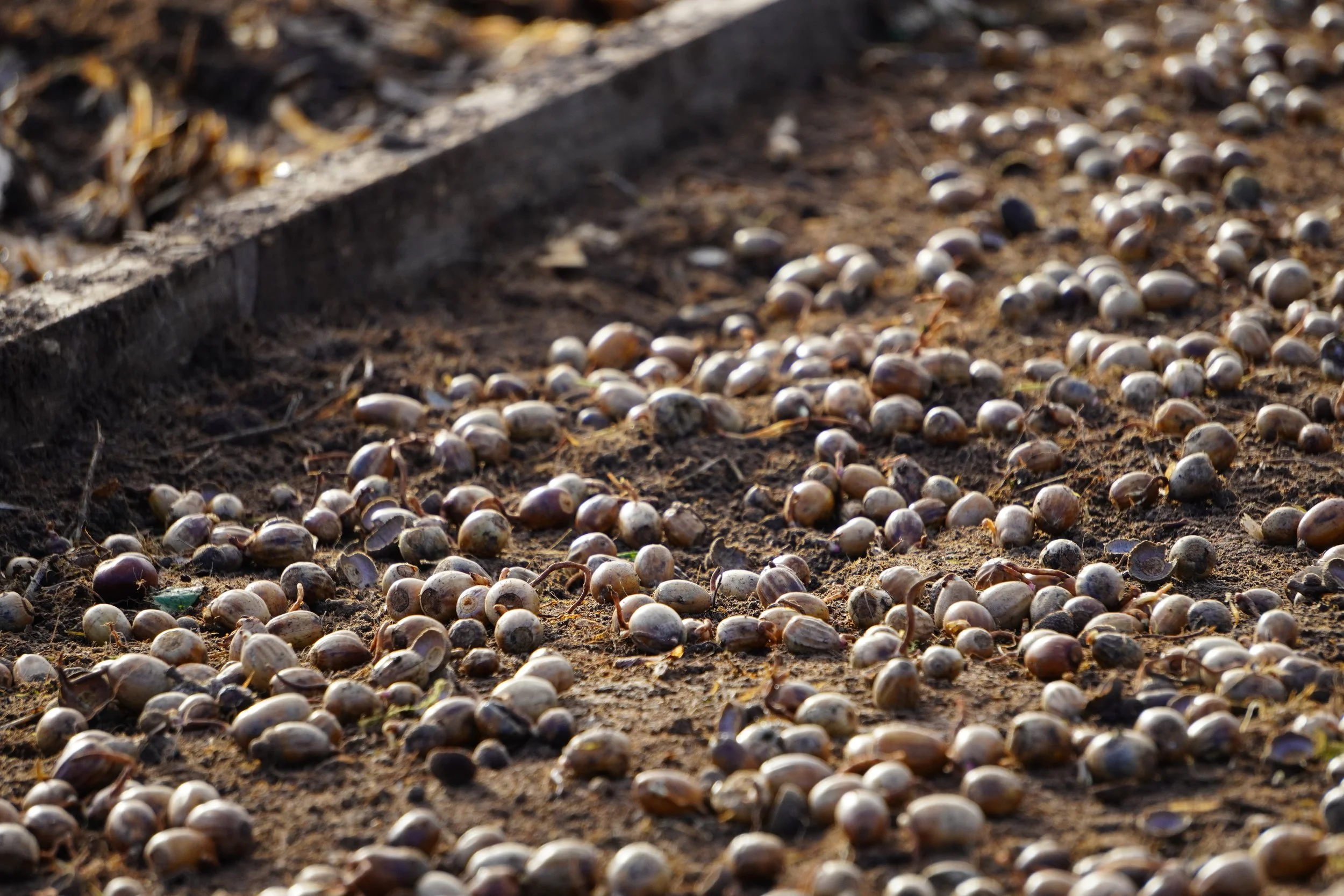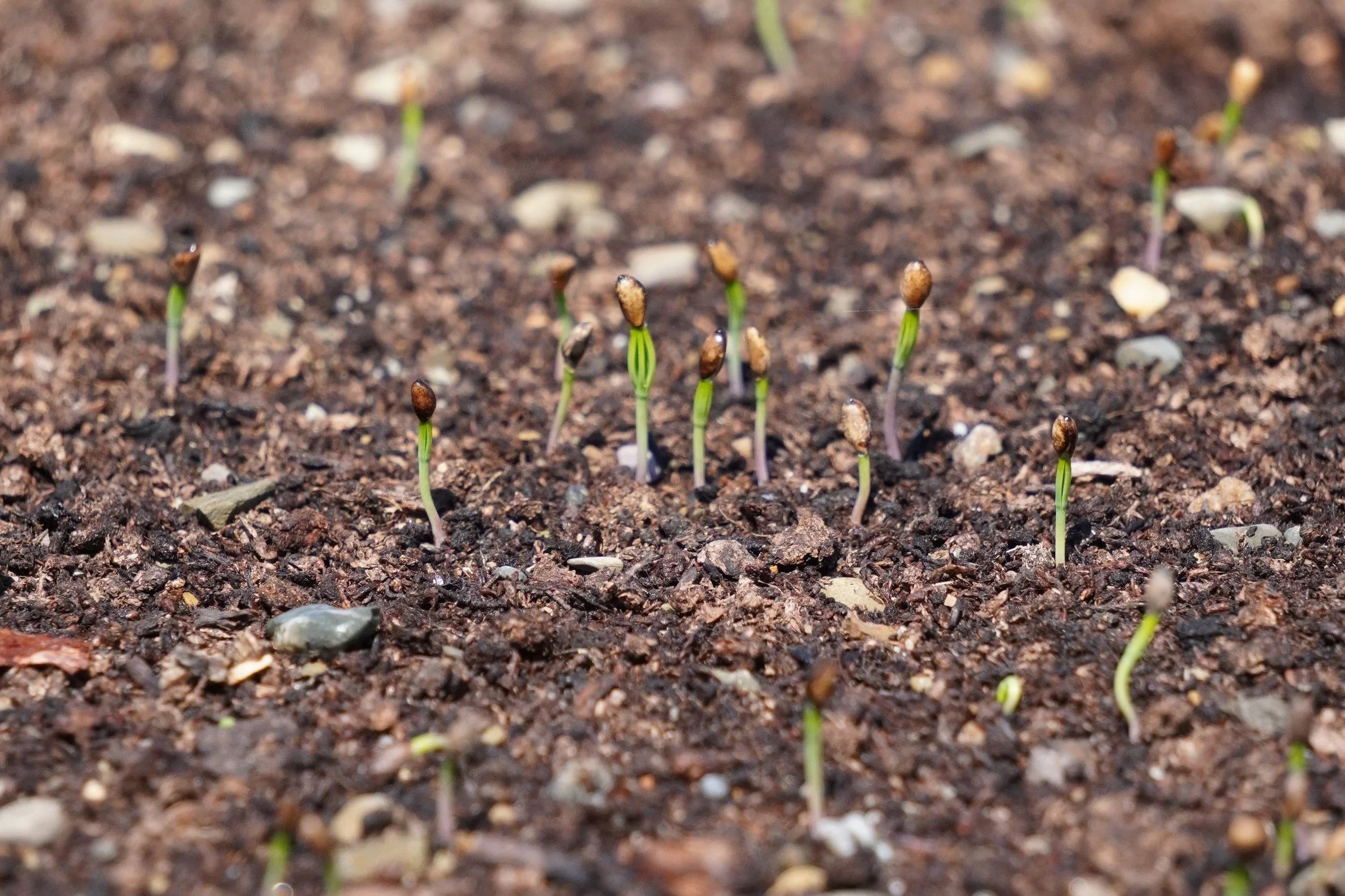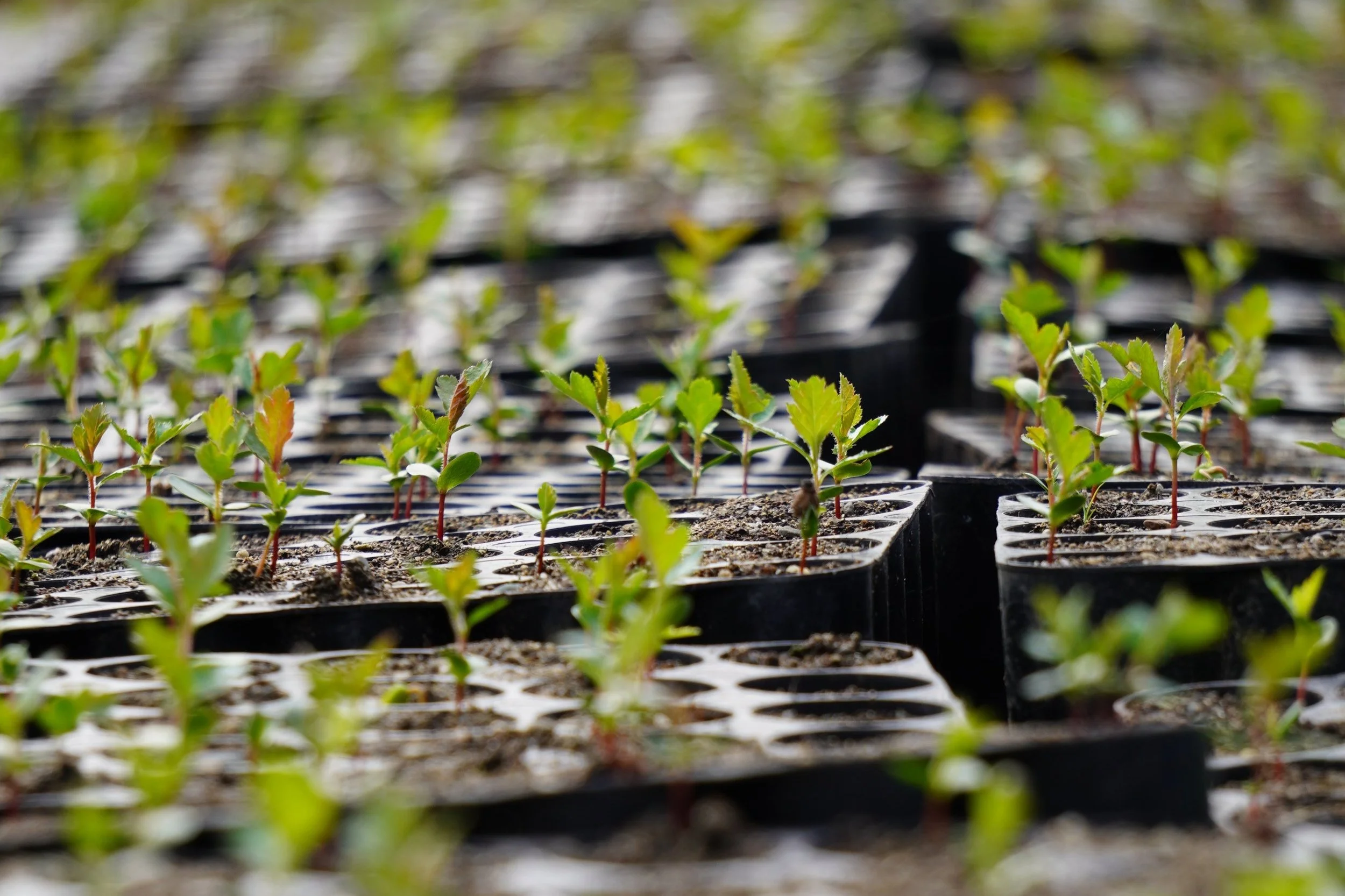Wildwood Seed Project 2024: Preserving Irish Tree Provenance
Jeremy Turkington, Hometree’s Seed Collector and Seed Bank Coordinator, writes in depth about the importance and ways to preserve local provenance trees.
Hometree's Wildwood Seed Project is just over one year old, and the progress of the project has been incredible, thanks to our Galway based funding partner Lifes2Good. In December Hometree was given the green light to continue to expand our seed collection programme. As a part of this programme we created a robust long-term strategy around future proofing seed supply for Hometree's Organic Tree Nursery. In addition, we onboarded and trained more certified seed collectors at strategic locations along the West Coast of Ireland.
In 2024 a big emphasis is also put on our Seed Orchard establishment. With support to initiate meaningful species-specific projects designed to preserve our most threatened non-commercially viable native tree species such as Aspen, montane species of Juniper and Willow, and a possible reintroduction of an extinct species such as Dwarf Birch.
In January we began the implementation of financial support received from our Innovative Forestry Scheme application approval in December which secures vital new infrastructure allocated to our organic nursery. Building capacity to collect, process and store Forest Reproductive Material (FRM). The ambition with this initiative is to fill the vacuum between ‘traditional’ and new approaches to the conservation and utilisation of Irish tree species at scale.
At the moment, Ireland has a shortage of native trees grown with traceable local provenance seed, particularly from the West Coast - home to the Atlantic temperate rainforest. This is hampering efforts to restore, revive and pour new life back into the Irish uplands.
This support is a nod to the future, an acknowledgement of exactly where we are at as an Island, in terms of ecologically sound sourcing of Forest Reproductive Material. It is massively encouraging to be taken seriously at Government level and that the Forest Service are on board with some innovation and solution finding.
It’s no secret Ireland relies heavily on the importation of its FRM from abroad. Through lack of investment in infrastructure in native tree nurseries and conflicting EU free trade laws, frequent, almost annual, shortages of stratified seed occur. Buying in cheaper to source saplings from abroad is therefore the route of least resistance to ensure a regular and sustained supply of plants for annual planting programmes. We’ve been through REPS, GLASS and now ACRES yet in 2023 we had 2 million Irish grown Hawthorn saplings in the country, we knew we needed 7 million for ACRES programme and so far in 2024 Ireland has imported over 1 million Hawthorn saplings from the EU.
The now globalised nature of the nursery trade ensures that once they enter via some other European Union country, Ireland is exposed to many of the world’s tree diseases.The Department of Agriculture, Food and the Marine have confirmed 17 outbreaks of Fireblight across 11 counties in 2023 which previously caused the removal of over 800 km of hedgerows in Germany yet imports are authorised. The question of origin is even more ambiguous: ‘certified’ Irish tree seeds from Irish material as far as can be possible to ascertain can be sent abroad and grown feasibly in nurseries around Europe then saplings are repatriated, retaining certified Irish status. To confuse matters further European stock can be grown in Ireland for one year after importation and marketed as ‘Irish Grown’.
This whole world of transactions in our nursery trade alone impacts the resilience of national forest cover. It is up to the consumer and public to lobby to reach the critical mass for changing these practices when it comes to conscious and sustainable eco-sourcing. The deceitful practice of growing European provenance stock in Irish soil and marketing it as Irish Grown may be commercially viable for nurseries but equally ecologically troublesome. Remember once planted, all subsequent operations and associated costs are applied to this material, it is therefore essential that it is capable of producing a good return if the plantation is to be viable and at the very least survive the risks of diseases.
Due to these processes these saplings, even though 'Irish Grown or of ‘Irish Origin ' may be carrying pests and pathogens which native trees have limited resistance to. How to tell the difference? If in doubt leave it out.
It could be native but come from thousands of kilometers away. If the public can be alerted to really go behind the word ‘Native’ and challenge nurseries to do better in promoting traceability, it would be a catalyst for changing attitudes towards putting the necessary systems in place to become fully self-reliant in producing locally adapted native trees for conservation and in turn establishing a vibrant new rural economy creating jobs in ecological restoration.
George Peterken mapped UK and Northern Irish Provenance or province of native trees and his work spoke extensively of the ecological effects of introducing tree species to Britain and Ireland. Seed provenance is the location from which a seed lot or cuttings used to produce planting material was collected. It determines their adaptability, quality and wildlife value. From following the work of Peterken and subsequently my own observations when establishing native woodland trials of different provenances in mid-Ulster and watching the direct comparisons between early growth, establishment rate, health and vigour of locally grown stock is day and night to stock sourced from Western Scotland and Southern England (due only to unavailability of certified Irish stock in Winter 2010).
Planting trees grown from local provenance seed and in some instances cuttings, is critical in supporting the expansion of native forests in areas where natural regeneration is not possible or simply where species are functionally extinct as a direct consequence of outdated policies and neglect of indigenous resources.
We know from experiences that viable woodland establishment today faces barriers and levels of hostility in the Irish countryside not known to other EU countries from every imaginable angle and interest. It is only by fostering a consciousness of native woodlands and their inherent benefits at local level that communities can begin to look to live, work and play in a more vibrant, deeply meaningful, resilient rural environment.
Hometree would like to extend thank you to Lifes2good Foundation for financial support of this project. Please note, that any opinions and ideas expressed in this article are Hometree's only and are in no way related to Lifes2good Foundation.

